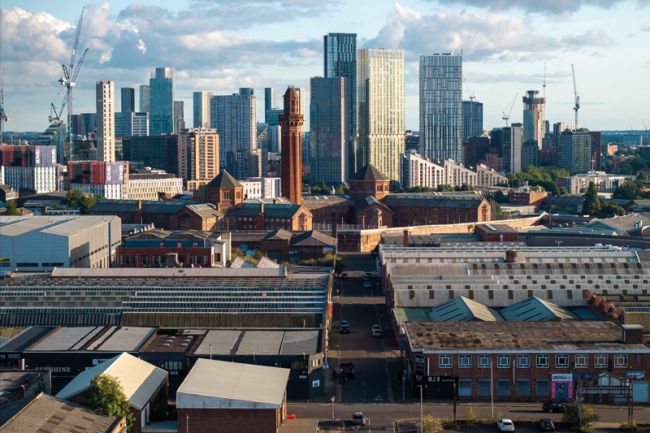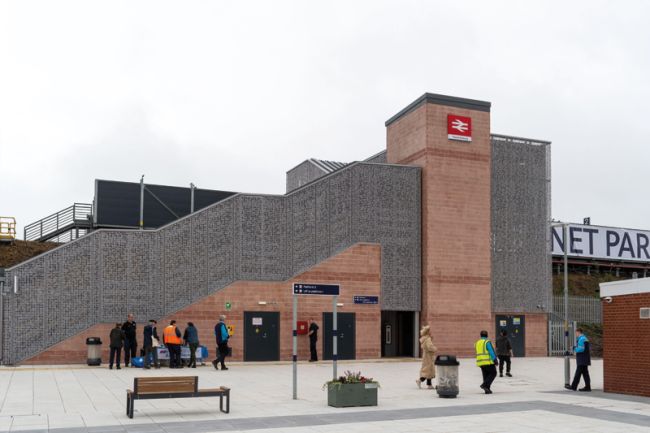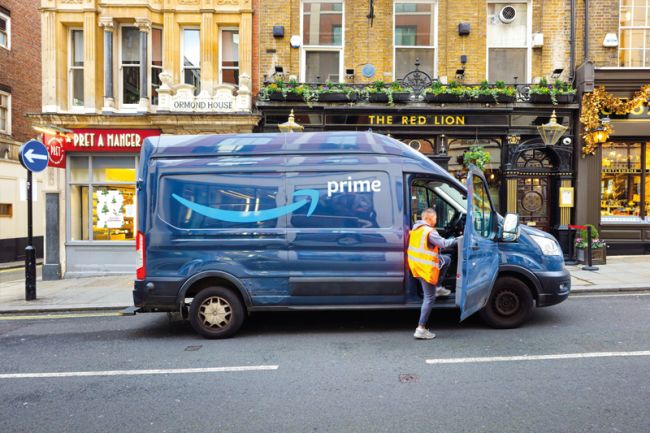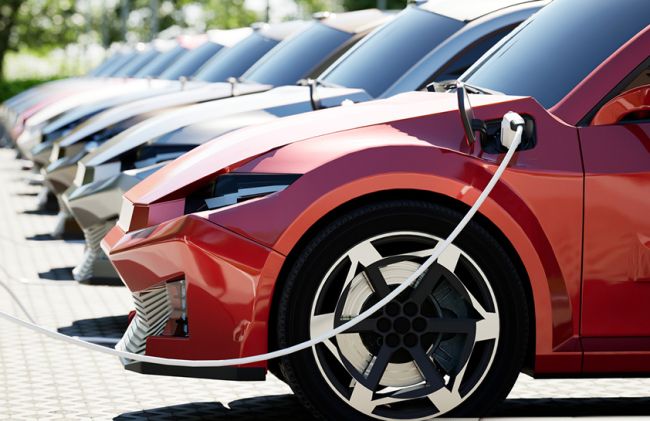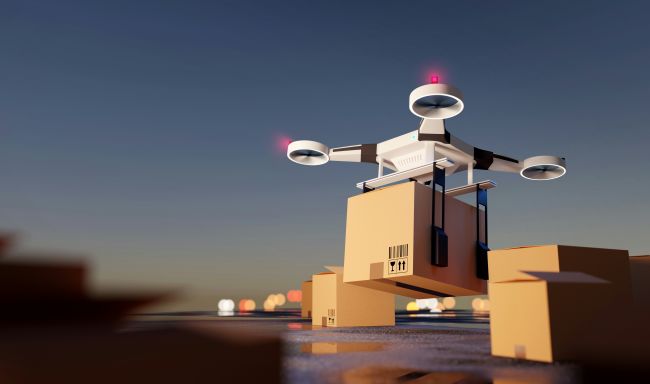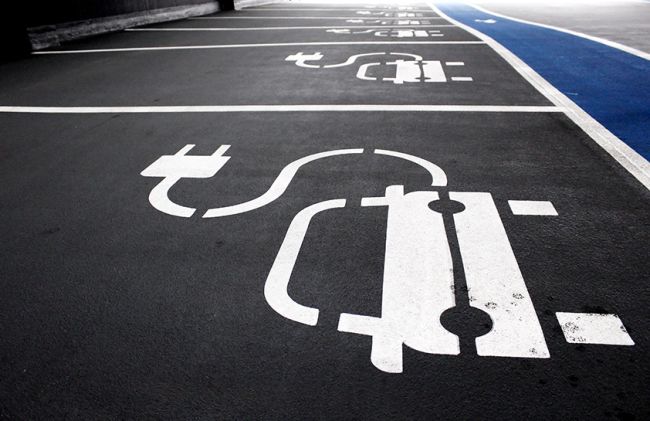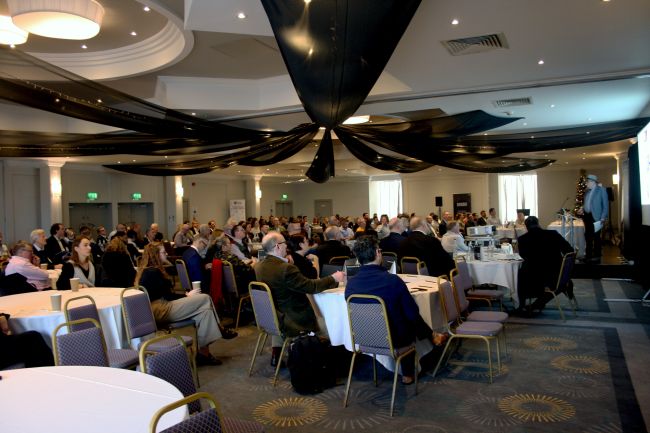Electrifying bus fleets: Regional approaches to a global transition
Across the world electrification of public transit is gathering pace.
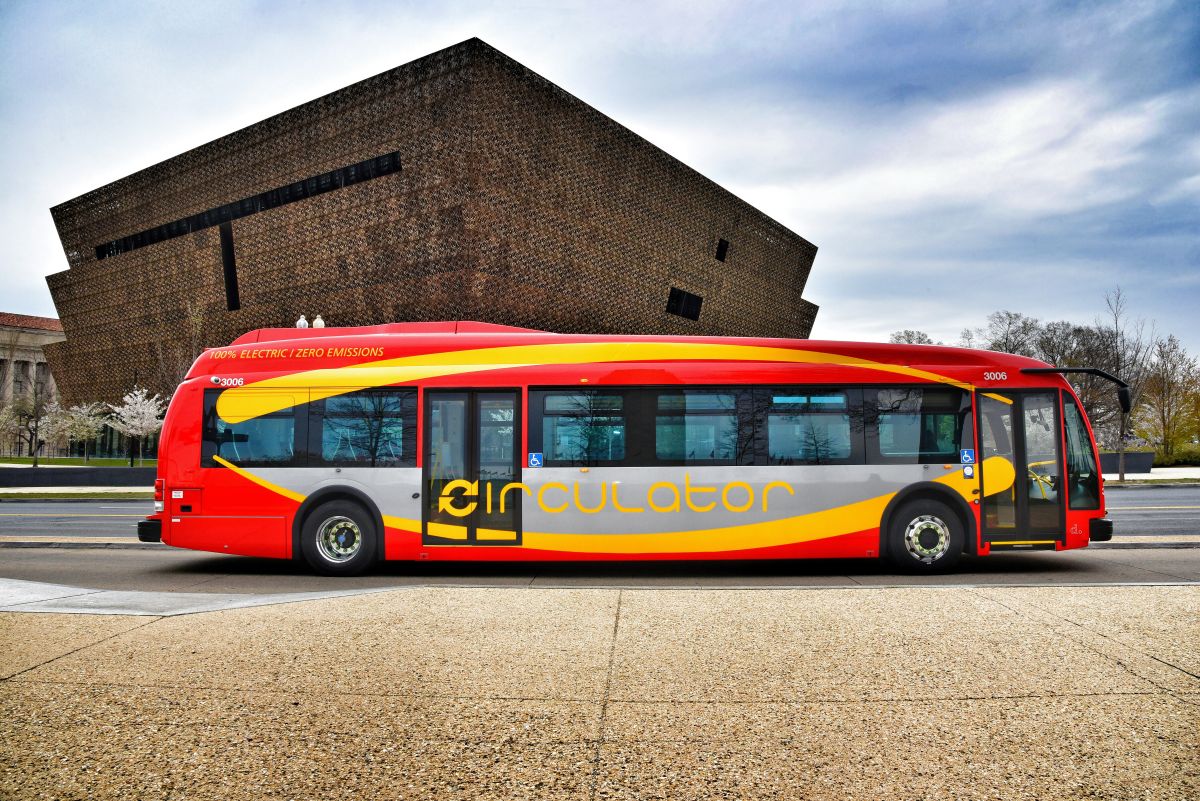
Across the world electrification of public transit is gathering pace. Public pressure to decarbonize transport in the face of the mounting climate crisis is high, with voters routinely listing the environment and sustainability as top priorities for their governments. Buses represent a visible form of transportation with historic polluting characteristics often in congested environments. With local authorities exercising a greater or lesser degree of control over them, they can make the perfect starting point for replacement with zero-emission vehicles (ZEV).
The increasing public pressure for sustainable transport solutions is accompanied by a lowering of costs across the zero-emission bus (ZEB) sector due to technological, design and production improvements.
This trend, which is expected to continue, goes hand in hand with a much better outlook for viable business cases for fleet electrification. Lower long-term maintenance costs and greater certainty on fuel costs, including in some cases the opportunity to own and self-generate fuel through the development of microgrids, make e-buses a more attractive prospect for politicians and investors. This is without even considering the longer-term opportunities of vehicle to grid options and other emerging concepts which electric buses could unlock.
What is the international picture for bus electrification?
In Latin America the pace of adoption for e-mobility is arguably faster than other comparable regions. Chile, Mexico, and Colombia all have initiatives under way to boost zero-emission public transport in a region characterized by densely populated urban centres in which buses prevail in commuter mode share over trains and subways.
Santiago de Chile and Bogotá in particular are standouts, boasting 1,700 and 1,300 ZEB in operation. Meanwhile smaller nations like Costa Rica, Panama and the Dominican Republic have all adopted policies which are creating a positive investment environment for e-bus strategy according to technology advisor and provider VG Mobility.
In the US, the ZEB market jumped by 66% in a year, with the number of e-buses on the streets increasing from 3,297 in 2021 to 5,480 in 2022, as set out in a report by US clean mobility non-profit CALSTART.
The west coast dominates progress, with Oregon, Washington and California home to 41% of the country’s ZEB. A fast rate of uptake is not confined to this area however with Arizona and Massachusetts both increasing their e-bus fleet by over 250% between 2021 – 2022. Even so-called ‘red’ states like Texas and Florida have 271 and 450 ZEB respectively.
On the other side of the Atlantic, Europe-based universal bank ING stated in 2021 that they expect sales of ZEBs to increase 67% by 2030 on the continent, where electric buses have a lead in a mixed market including hydrogen fuel-cell models and those powered by biomethane or compressed natural gas (CNG). City buses outperform their counterparts elsewhere for a share of fleet electrification, with urban centres like London, Paris and Cologne all setting their own ZEB targets exterior to national frameworks.
Perhaps unsurprisingly bigger countries like France and Germany have higher numbers overall, but Luxembourg has the largest share of its city bus fleet electrified in the EU followed by a fellow lowland nation, the Netherlands. The Nordic countries are next in line with Denmark, Sweden, Finland and Norway following according to data provided by Rabobank.
Legislation and financing: Essentials for e-bus strategy
The key to progress is clear direction and an investment environment guaranteed by legislation. US success story California has set out that all new transit buses must be zero-emission by 2030 and has the greatest number of ZEB of any state at 1,977 as of 2022. These state-based initiatives are backed up by federal legislation like the Inflation Reduction Act and the Bipartisan Infrastructure Law which are expected to fuel the accelerating uptake of e-buses through significant federal subsidies and supply chain investment initiatives.
In Latin America both Bogotá and Santiago have targets for zero-emission fleets by 2035, while in Brazil the municipal government in São Paulo (the country’s most populous city) aims to increase the share of their fleet which is electrified to 20% by the end of 2024. This would be equal to 2,600 e-buses in a service that has 172 million monthly users.
In Europe, 50% of Germany’s bus fleet should be electrified by 2030, while French lawmakers have set out that all new stock must be ‘ecologically friendly’ from 2025. These national and regional targets are supported by the EU-wide Clean Vehicles Directive, as well as the 2019 European Green New Deal and its constituent Urban Mobility Framework.
Targets are one thing, but funding is quite another, and whether or not spending for ZEBs comes from the taxpayer or private investors varies according to region.
In Latin America, private investors dominate. Both Bogotá and Antofagasta have privately funded fleets of e-buses, using this model to achieve electoral mandates and create an integrated system whereby private enterprises can operate and maintain fleets in an integrated service. These companies can develop a fleet renewal plan including fleet supply, charging capacity and long-term operations and maintenance of vehicles.
In the US, most public agencies (be they transit agencies, school districts or even some private enterprises like hospitals or universities) have access to significant public funding opportunities. This funding, often provided through grants which private financing struggles to compete with, results in more opportunity for direct procurement and operation by disparate operators.
The European model appears to mirror the US in offering broadly public funding in the main. There are EU-wide funds available as well as national funding in countries including Poland, the UK and Italy.
Insights from our experience to date
Steer’s expertise in bus fleet electrification has given us some key insights of our own. Across Europe, the Indian sub-continent and Latin America we have been involved in every stage of ZEB programs from research to business cases to implementation strategies.
In India we were commissioned by the World Bank to create a comprehensive market assessment tool and action plan for electromobility encompassing buses. In Latin America, we supported the Colombian government with their electromobility transition as part of the National Strategy for Electromobility. In Italy we supported a large public transport operator with a study on hydrogen buses and refuelling. During the course of our work we have identified three key challenges in common which, whilst not insurmountable, do require bespoke solutions.
Funding: The internal combustion engine (ICE) has had a grip on the status quo of not just bus travel but all transport for well over a century. There is no escaping the fact that ZEB technology is more expensive than ICE for a host of reasons and will require supplemental funding. Making the case and acquiring that funding must go beyond the ‘mere procurement challenge of fleet renewal’.
Infrastructure: In addition to an engine change, fuel provision and attending infrastructure will likewise need to make the switch. Most bus yards, being diesel-based, have not required large amounts of electricity in the past. There will be added costs and time to bringing sufficient power to a site, not to mention the added infrastructure needs of charging points. Recognition of the planning and timescale implications for this, even with alternative fuels such as natural gas or hydrogen, is important in developing an electrification strategy or roadmap.
Confidence: Early adopters of battery electric buses have had to learn a lot about how the technology operates and ages differently, including their range capabilities and reliability and maintenance requirements. In the US operators have relied on federal government funding to help pay for bus purchases, which have a minimum required lifetime. Early battery electric buses could not even meet those requirements, leaving operators stuck with inoperative buses. The unfamiliar can often be nerve-inducing; how can we build a new paradigm that will ensure confidence in ZEB technology?
Despite these challenges, broadly speaking the situation is optimistic. With our clients we are seeing interest in reducing reliance on the grid, both for normal operations and during emergencies, through on-site solar and behind-the-meter energy storage.
Vehicle propulsion options continue to be varied. In addition to increasing battery capacity on battery-electric buses and seemingly reduced popularity of en-route charging systems, we are seeing larger supplemental batteries being added to trolleybuses to enable longer off-wire route extensions and hydrogen fuel cells to serve high-mileage routes.
The challenge of the higher upfront costs of electric buses means we are seeing new financing approaches not typically seen in the bus market, such as more leasing versus purchase, ‘pay as you save’ and ‘e-bus as a service’ with operators bringing an integrated procurement/operation/charging/management solution with fixed cost to transit agencies.
What will be important to make confident progress in the transformation to more sustainable bus services is considered contemporary thinking that can draw on the latest insights on technology, network planning, in-life operation, financing and funding. With voters so focused on decarbonization, in addition to the attending health and environmental benefits to communities of removing diesel engines from the roads, the electoral impetus for fleet electrification continues to be salient.
This article was written with insights from Steer colleagues Ian Sample, Leon Garcia Medrano, Enrique Hernandez, Marco Concari, Mike Goggin, Andrew Mellor, Gary Hsueh, Serbjeet Kohli and Phil Turner.





